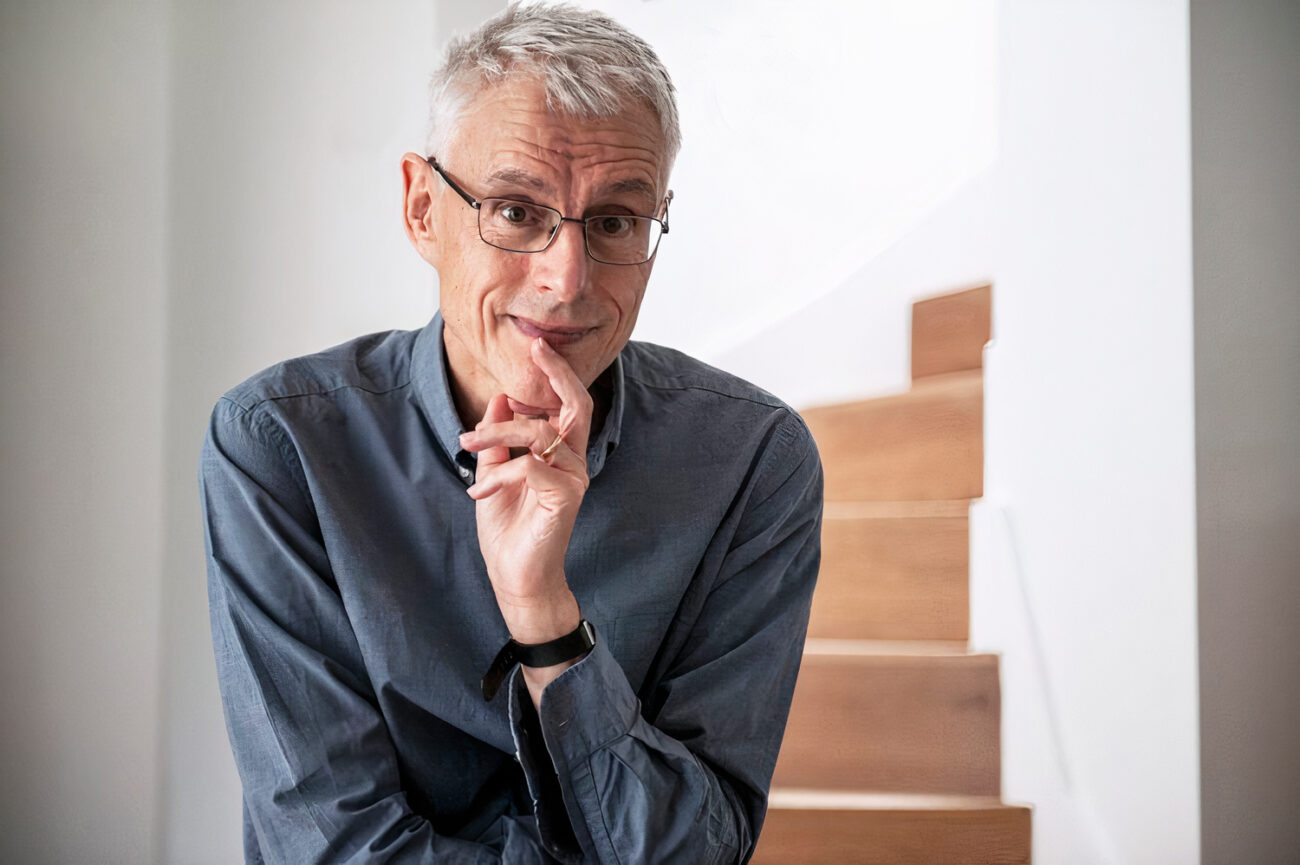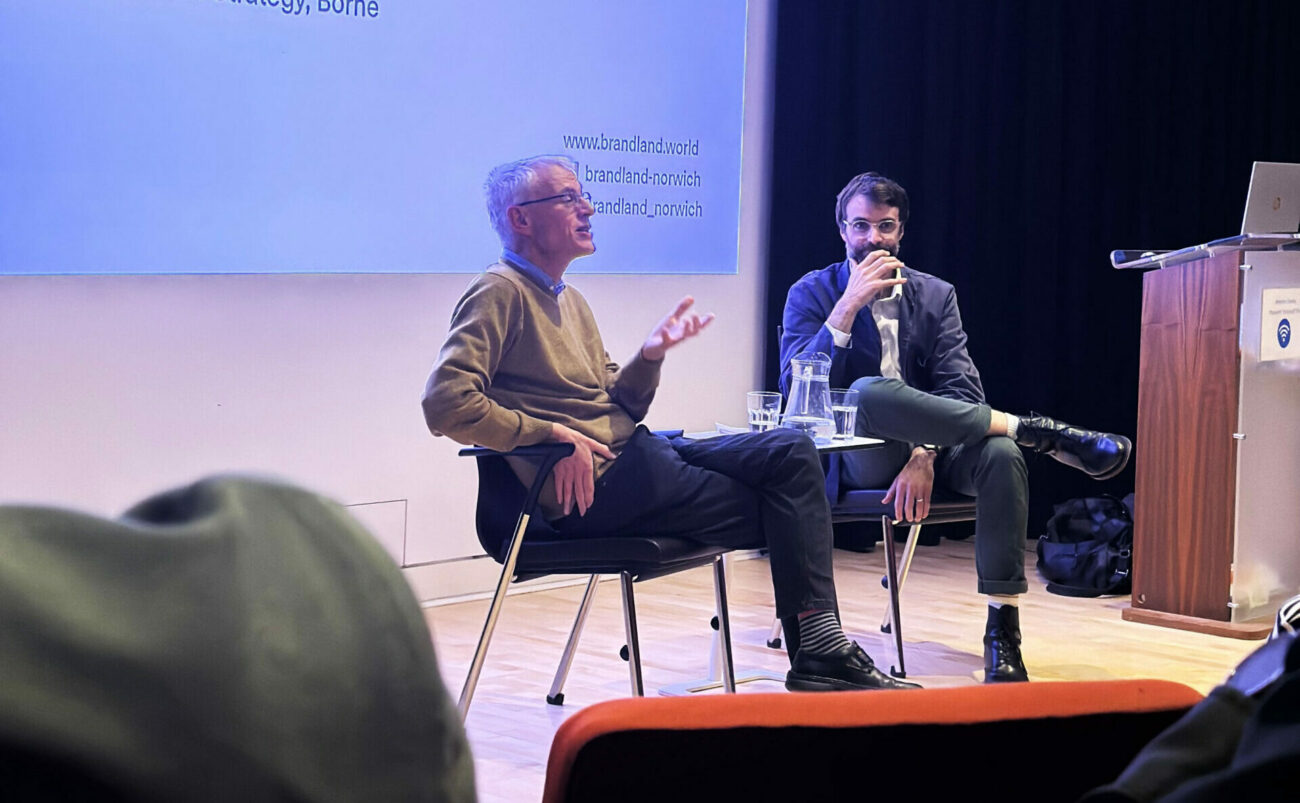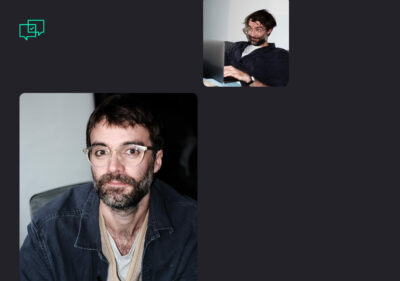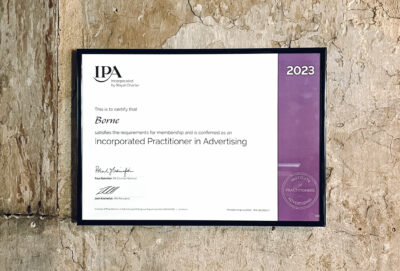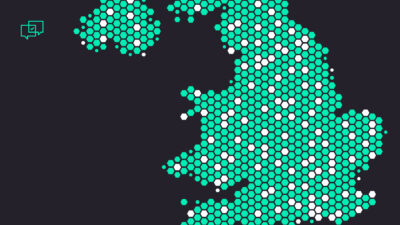Robert Jones dismisses the notion that branding is exclusively a realm of the marketing department. “Marketing is a subset of branding,” he asserts. Beyond the communications, a brand is truly built by every department of a business that a customer interacts with, from customer service, to product design.
Robert Jones, Founder of Brandland and brand strategy expert, joined Borne head of strategy Chris Bosher in a conversation delving into Robert’s impressive 30-year career, from his early days as a brand strategist with Wolff Olins – where he helped over 70 organisations build their brands, including Barclays, Oxfam, PwC, National Trust, Tate and Tesco – to his current role as the founder of Brandland, and as Professor of Brand Leadership at the University of East Anglia.
Here, Robert shares reflections on the language we use around branding, its role within a business (outside of the ‘colouring in department’) and his no holds barred appraisal of the current landscape.
Moreover, he posits a compelling vision for the future, suggesting that while it may not unfold drastically differently, branding will endure as a timeless cornerstone of society.
